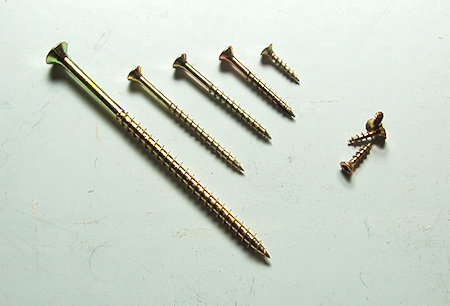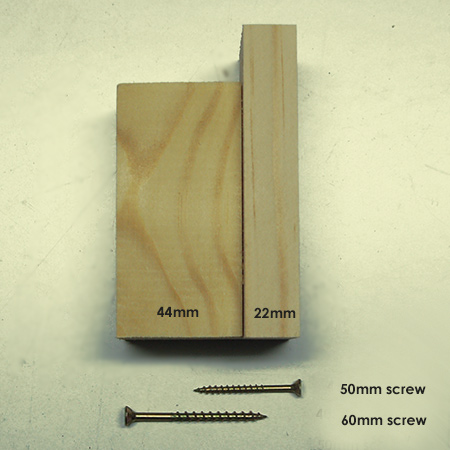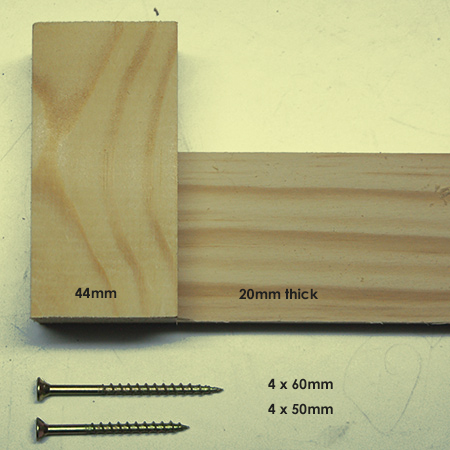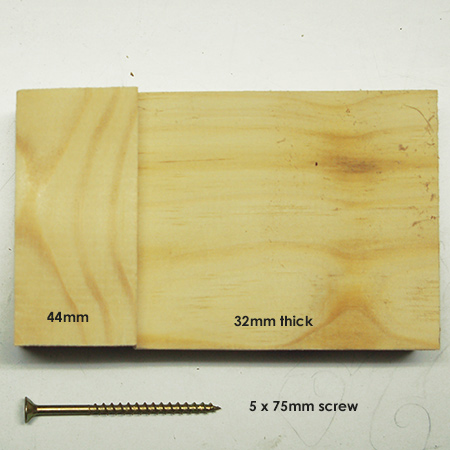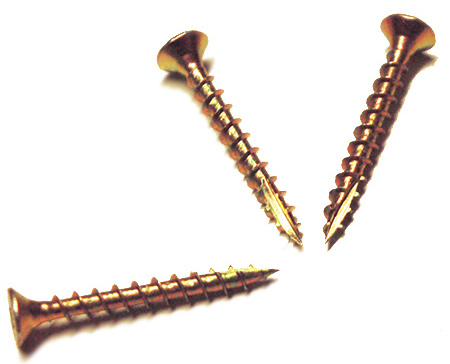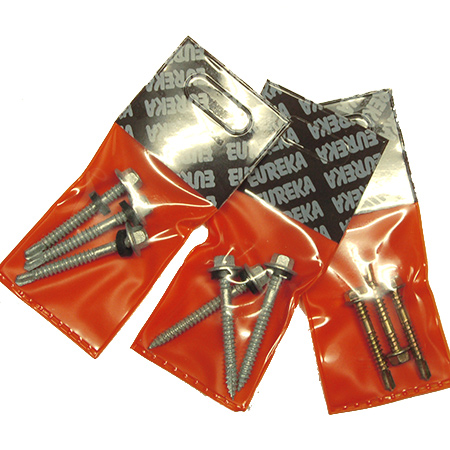Choose the right screw
With so many different types of screws to choose from, it can be difficult to choose the right one, especially if you are a beginner DIY enthusiast. We offer a few types on choosing the right screw.
WHAT SIZE SCREW?
At our DIY Divas workshops we often get asked how you know what screw is the right one for the job at hand. The best way to determine what screws are required for a project is to look at the following points:
1. The timber or board used for the project
For materials such as SupaWood/MDF or timber you will use a standard wood screw, whereas for chipboard you must use a smooth-shank chipboard screw. The latter board product requires a screw with a coarse-thread that can bite and grip the board. When you pop into Builders or your local hardware stores, look for screws marked "SMTH SHK", which indicates smooth shank.
2. Thickness of material
This point requires that you look at all aspects of a project - from assembly to finishing - to determine the size and length of screws needed. For thicker board or timber you will obviously need a longer screw, and shorter screws for thinner materials.
For example: if you are joining a 44mm thick piece of pine onto a 22mm piece, you need a screw that is long enough to go through the 44mm and halfway through the 22mm = 55mm screw. If you are joining a 22mm piece onto a 22mm piece = 30 or 35mm screw.
A selection of smooth-shank and full-thread screws
3. Project description
In addition to the length of the screw, you also need to factor the diameter. You will need to use a thicker diameter screw for load-bearing joints, while a screw with less diameter is ideal for decorative pieces.
If you are following a plan for a project or building according to step-by-step instructions, this should indicate the diameter and length of the screws required. If it doesn't, common sense comes into play and you need to give some thought to the type, length and diameter of screws that you need.
Select a screw that can be driven halfway through the piece being joined.
Choose the screw that best works with the material, taking into consideration whether the finished project will need to bear wear, such as when making a dining table or bed.
4. Ease of use
Wood screws are available in full-thread and smooth-shank, as well as a Cut Screw. Cut screws have a special tip that allows them to cut easily in hard- and softwood without the need for a pilot hole. However, it is always recommended that you drill a pilot hole to avoid splitting or popping board products and softwoods.
ROOFING & CLADDING SCREWS
Good news for coastal regions... Eureka now have a selection of Class 4 screws suitable for roofing and cladding projects. These screws are specifically designed to withstand harsh weather conditions, such as at the coast where salt spray can wreak havoc on conventional steel fasteners, and airborne acids from industry and chemical sprays.
Eureka Class 4 Screws for Roofing and Cladding
REPLACE A CEILING WITH THE RIGHT SCREW
Eureka have launched a Ceiling Screw that ensures ceiling boards stay firmly mounted. Their new Ceiling Screw has a coarse thread that grips to gypsum ceiling boards, while the especially broad screw head prevent pulling through ceiling boards.


